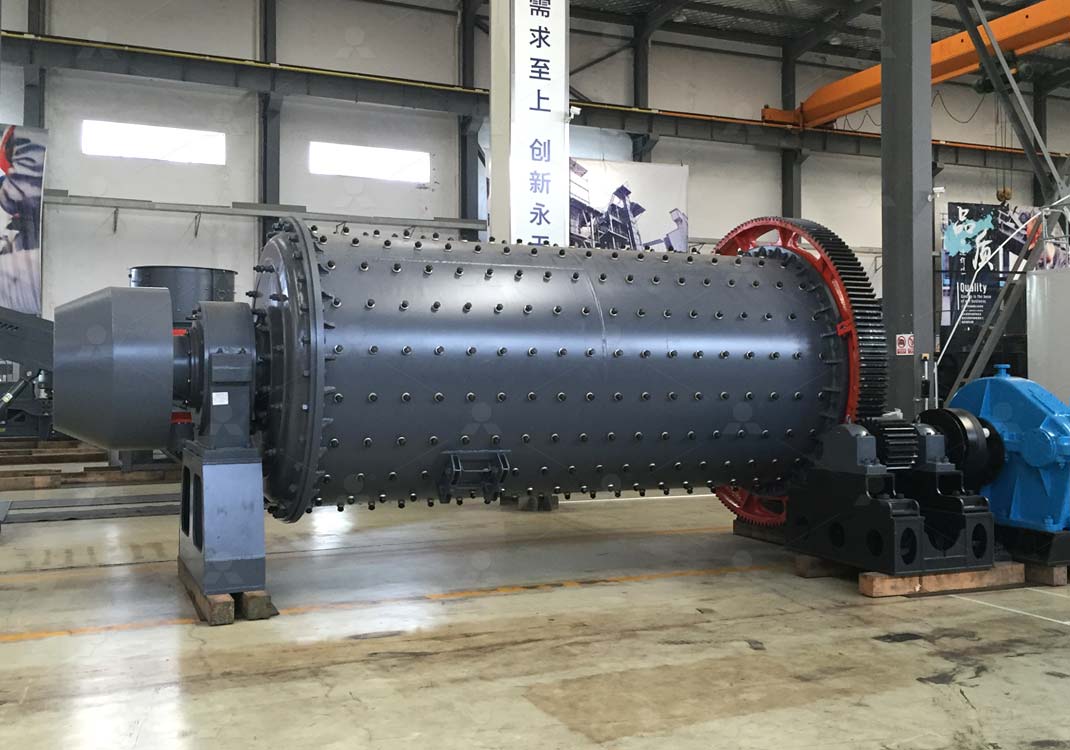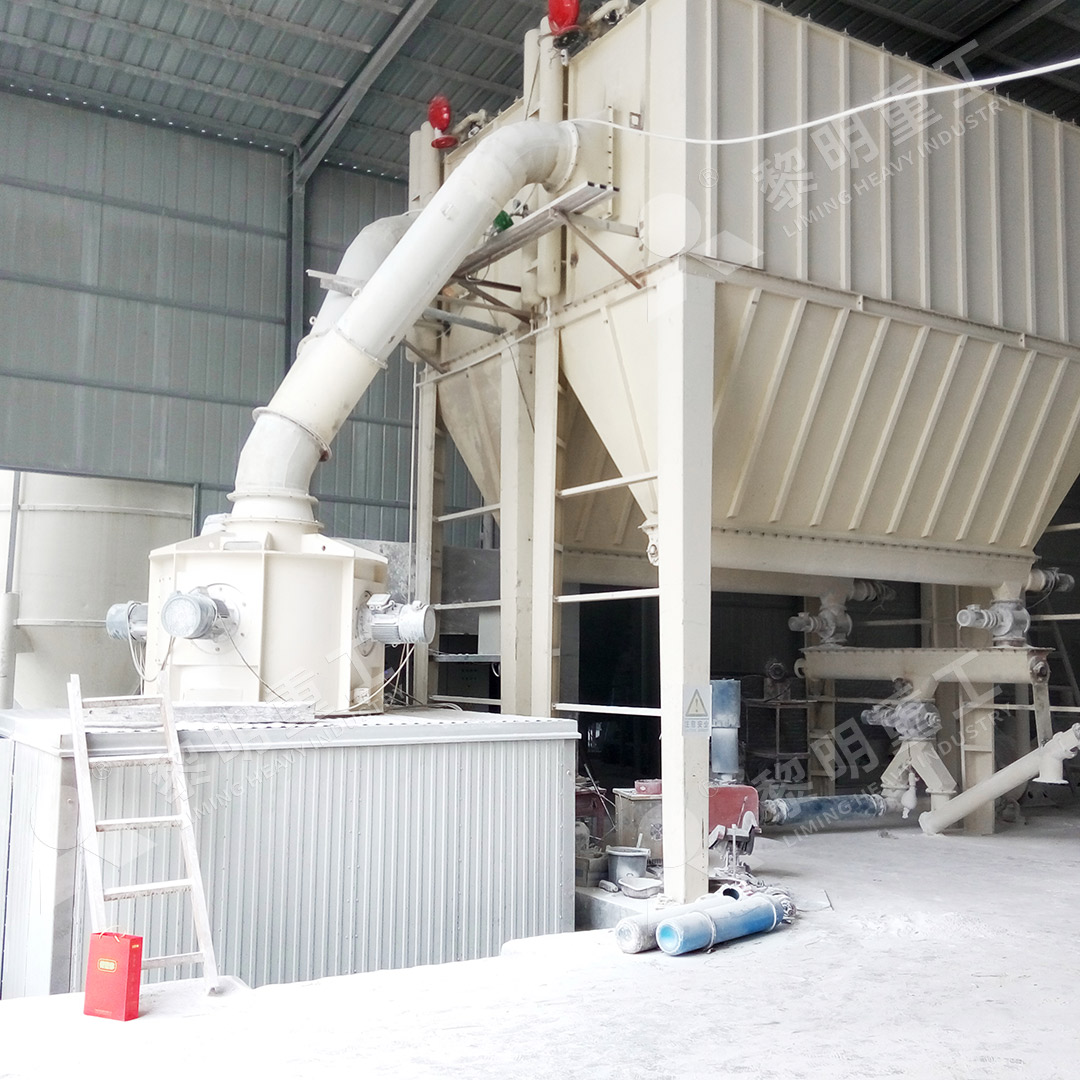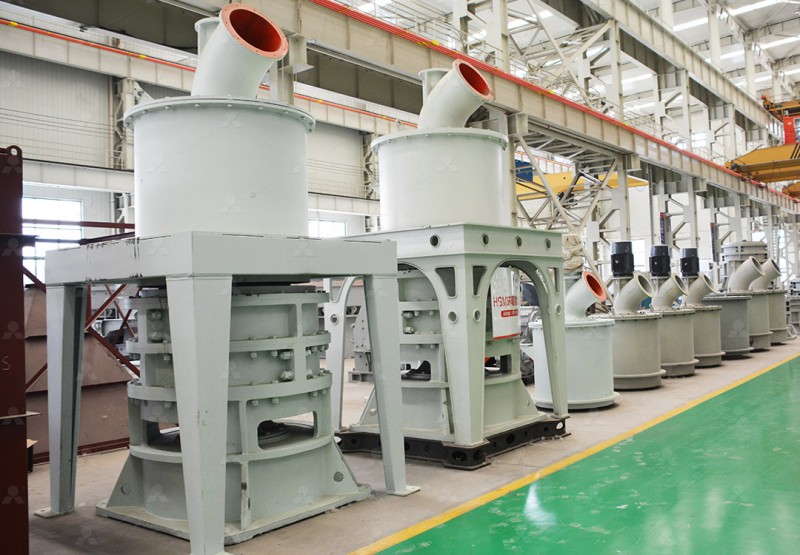Ball Mill Price for Calcium Carbonate Production: Cost Analysis and Factors Affecting Pricing
Ball Mill Price for Calcium Carbonate Production: Cost Analysis and Factors Affecting Pricing
When it comes to calcium carbonate production, selecting the right grinding equipment is crucial for achieving optimal efficiency and cost-effectiveness. Ball mills have long been a staple in this industry, but understanding their pricing structure and the factors influencing costs can help businesses make informed decisions. In this article, we’ll explore the key considerations affecting ball mill pricing and highlight advanced alternatives like our MW Ultrafine Grinding Mill and LUM Ultrafine Vertical Grinding Mill.
Factors Affecting Ball Mill Pricing
The price of a ball mill for calcium carbonate production depends on several variables:
- Capacity and Output: Higher-capacity mills (e.g., 50 tph) command premium prices due to their larger size and robust construction.
- Material and Build Quality: Mills made with wear-resistant alloys or specialized coatings cost more but offer longer lifespans.
- Energy Efficiency: Modern designs with lower energy consumption may have higher upfront costs but reduce operational expenses.
- Automation and Control Systems: Advanced PLC-controlled mills are priced higher but improve precision and reduce labor costs.
- After-Sales Support: Suppliers offering comprehensive warranties, spare parts, and technical services often charge a premium.

Cost Analysis: Ball Mill vs. Advanced Alternatives
While ball mills are widely used, newer technologies like ultrafine grinding mills provide significant advantages:
| Feature | Traditional Ball Mill | MW Ultrafine Grinding Mill |
|---|---|---|
| Energy Consumption | High (30-40 kWh/t) | Low (30% of ball mill) |
| Fineness Range | Up to 325 mesh | 325–2500 mesh |
| Output Capacity | 0.65–50 tph | 0.5–25 tph (higher yield per kWh) |
Why Choose MW Ultrafine Grinding Mill?
Our MW Ultrafine Grinding Mill is engineered for high-efficiency calcium carbonate processing:
- 40% Higher Yield: Compared to ball mills, it produces twice the output at the same power input.
- Eco-Friendly Design: Integrated pulse dust collector and noise reduction systems ensure compliance with environmental standards.
- Precision Fineness: Adjustable between 325–2500 meshes with d97≤5μm achievable in a single pass.

LUM Ultrafine Vertical Grinding Mill: Another Superior Option
For larger-scale production, the LUM Ultrafine Vertical Grinding Mill offers:
- 30–50% Energy Savings: Multi-head powder separating technology reduces operational costs.
- Stable Performance: Double position-limiting technology prevents roller-to-table collisions.
- Easy Maintenance: Reversible structure allows quick roller replacement without full disassembly.
Conclusion
While ball mills remain a viable option for calcium carbonate grinding, advanced solutions like the MW and LUM mills deliver superior efficiency, lower operating costs, and finer product quality. Investing in modern technology can significantly improve your ROI while meeting stringent environmental regulations.

Contact us today to explore how our grinding solutions can optimize your production line!
